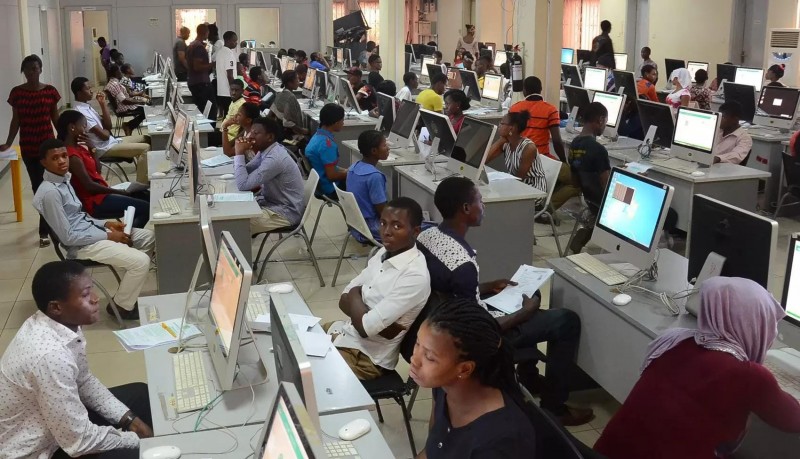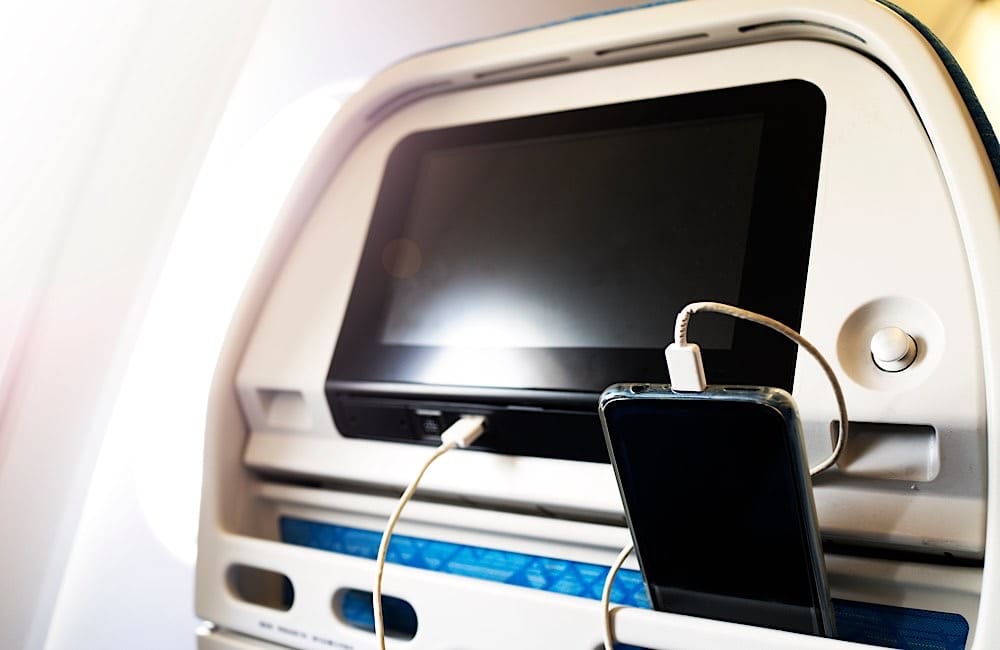South Korea Based Japan Bound Asiana Airlines A330 Suffers Mid-Air Engine Failure Over Seoul, Sparks Emergency Landing and Travel Disruptions on Asia's Busiest Route, New Update for You
Sunday, June 22, 2025

A South Korea-based flight bound for Japan has sparked panic in the skies. An Asiana Airlines A330, heading toward Narita, suffered a shocking mid-air engine failure just minutes after takeoff over Seoul. What began as a routine journey turned into a heart-stopping emergency. Thick smoke and flames erupted from the aircraft, forcing a sudden emergency landing. The chaos didn’t end there. It caused major travel disruptions on one of Asia’s busiest routes. Passengers were jolted. Airport systems scrambled. The shockwave reached far beyond the runway.
Now, a new update has emerged—one that adds more weight to an already serious aviation scare. South Korea, Japan, and the broader travel industry are watching closely. Could this point to a deeper safety issue with the A330 model? Or is this a one-off disaster narrowly avoided? The suspense builds. And if you thought it was over, think again. Here’s everything you need to know—before your next flight.
Asia’s bustling Seoul–Tokyo air corridor faced a chilling disruption after an Asiana Airlines A330 suffered a dramatic engine failure, forcing an emergency landing just minutes after takeoff from Incheon International Airport. Flight OZ108, carrying 263 individuals, had just begun its journey to Narita International Airport when thick smoke and flames erupted from the aircraft’s left engine.
The flight, which departed Seoul at 6:29 p.m. local time on June 21, returned one hour later under full emergency protocol. Witnesses reported an explosion-like sound followed by dark smoke billowing from the engine. Emergency teams were deployed instantly. Fire trucks, medical units, and runway crews raced into position at Runway 4.
The aircraft landed safely, but the experience left passengers shaken. Aviation authorities have grounded the jet, launched an investigation, and begun reviewing Asiana’s fleet operations.
The Seoul–Tokyo route is one of the world’s most active international corridors. Multiple carriers—including Asiana, Korean Air, All Nippon Airways, and Japan Airlines—operate dozens of daily flights connecting these two Asian giants.
But this latest scare adds to growing safety concerns. The emergency landing not only caused delays across the route but forced airlines and airports to reassess scheduling, gate assignments, and aircraft readiness. Overnight accommodations were swiftly arranged for stranded passengers, and rescheduling efforts stretched into the early hours.
This disruption comes during peak summer travel season. Thousands of travelers across Asia are currently navigating packed terminals, long lines, and heightened anxiety.
Initial assessments pointed to a malfunction in the aircraft’s No. 1 engine. The model in question—an Airbus A330—has long been considered reliable. However, the incident raises fresh alarms over aging fleet components, aircraft maintenance schedules, and pressure on airlines operating high-frequency routes under tight turnaround times.
Regulators from the South Korean Ministry of Land, Infrastructure and Transport are working closely with airport officials and Asiana’s engineering teams to pinpoint the root cause. Aviation watchdogs may enforce more frequent engine inspections on the A330 fleet across Asia.
This incident has further stirred comparisons to recent near-miss scenarios involving the same airline.
In February 2025, Asiana Airlines was again under scrutiny. Flight OZ212—operating from Incheon to San Francisco—triggered an altitude warning during its final approach to SFO’s runway 28L. The aircraft descended dangerously low, prompting air traffic control to issue an urgent corrective call. The crew recovered and landed safely, but questions lingered around situational awareness and descent monitoring protocols.
That event echoed the haunting memory of Asiana Flight 214, which crashed in 2013 while approaching the same runway in San Francisco. The crash killed three passengers and injured over 180 others. The flight number OZ214 was later retired—renamed as OZ212. Now, the 2025 incident has unearthed old wounds and revived global scrutiny.
Together, these events form a pattern too significant to ignore.
For Asiana Airlines, one of South Korea’s flagship carriers, the timing could not be worse. The airline is currently navigating a complex post-pandemic recovery while integrating operations following a planned merger with Korean Air. Safety, public trust, and operational transparency are now at the forefront.
Passengers, especially international tourists and frequent flyers on Seoul–Tokyo and Seoul–San Francisco routes, are demanding answers. Online forums and travel blogs are abuzz with debates over safety culture, training standards, and airline accountability.
Asiana has promised full cooperation with regulators. But with competition rising and consumer confidence shaken, it must act swiftly to avoid reputational fallout.
Incheon International Airport, Asia’s fifth-busiest, was thrown into emergency mode. Runway closures, emergency vehicle movement, and reassignments of incoming traffic led to delays across multiple terminals. Narita International Airport in Tokyo also adjusted slots in response to the disrupted OZ108 flight.
Nearby routes, such as Seoul–Osaka and Seoul–Shanghai, experienced spillover effects as passenger demand shifted and operations were rebalanced.
Hotels around Incheon were quickly booked out. Tour operators scrambled to adjust schedules. Business meetings were missed. Honeymoons postponed. The domino effect rippled far beyond a single aircraft.
With multiple incidents involving a single carrier within months, traveler confidence is starting to erode. Travel insurance providers are now experiencing a spike in emergency policy inquiries and post-booking add-ons, especially for Asia-Pacific destinations.
Consumers are growing more cautious, particularly on legacy carriers once considered untouchable in terms of safety. Analysts are already seeing rising search traffic for alternative carriers on major regional routes.
Expect travel platforms to react. Booking engines may soon highlight safety records more prominently. Mobile apps may flag incident histories in real time. The travel ecosystem is rapidly evolving in response to passenger behavior shifts.
South Korea’s aviation authority has launched a full-scale inquiry. Airbus engineers and engine manufacturers are being consulted. International bodies, including the International Civil Aviation Organization (ICAO), are likely to issue briefings if a broader technical pattern emerges.
Airline maintenance teams across the region are tightening inspection protocols. Other carriers operating the A330 on high-frequency routes—such as Cathay Pacific, Thai Airways, and Philippine Airlines—are closely monitoring developments.
Meanwhile, industry insiders warn of potential cascading impacts if fleet-wide inspections are mandated. Routes could shrink. Capacity may tighten. Fares might rise temporarily.
While the emergency landing concluded without injury, the underlying issues must not be ignored. These incidents are wake-up calls—not just for one airline, but for the entire aviation ecosystem in Asia and beyond.
From policy makers and regulators to airline CEOs and ground crews, everyone must rise to the moment. Safety, not speed, must define the next phase of Asia’s aviation resurgence.
The skies remain open—but trust must now be rebuilt, one safe landing at a time.











